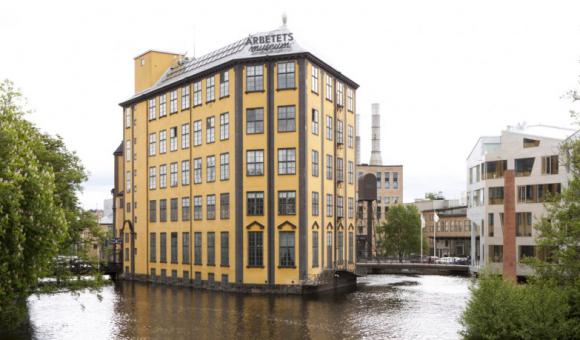
The "Trans-Fer et Savoir-Faire: Wallons de Suède" exhibition, hosted by the Bois-du-Luc in La Louvière, is being exported to Sweden as "Walloon Steel Legacy".
Walloon and proud of it? Oh yes, it is possible! While in Wallonia we have a tendency for sometimes morbid self-flagellation, 1,500 km from here, 1 million Swedes proudly proclaim a Walloon identity dating back more than 400 years. From 1570, 5,000 Walloons emigrated to Sweden, taking with them their expertise and their techniques as master ironworkers. The men behind this adventure, Guillaume de Bèche and Louis de Geer, were originally from Liège. Looking to do business in a country spared the religious wars sparked by the Reformation and the Counter-Reformation, they created a fully-fledged mining and steel industry in Sweden. To do so, they went on a recruitment drive throughout Wallonia to find a skilled workforce capable of reproducing the entire metal fabrication process in Sweden. These men and their families emigrated and helped establish a full-blown model of the "Walloon foundry", giving rise at the same time to a particular mode of social organisation.
This story is the starting point of "Trans-Fer et Savoir-Faire", an exhibition which gets off the ground today at the ecomuseum of the Bois-du-Luc in Houdeng-Aimeries (La Louvière). It is an exhibition that “draws more on the heartstrings than on scientific data", admits Olivier Guyaux, one of the project initiators, as the exhibition sets out first and foremost to rehabilitate this little-known example of successful immigration dating back to the 17th century and that helped build the reputation of the Swedish metal industry. "There was a shared focus on two values: work and partnership in work," sums up Chloé Pirson, director of the ecomuseum. Hence the significance of presenting the exhibition at the Bois-du-Luc: the former mining site was a Belgian immigration hub in the early 20th century and La Louvière has been shaped by this immigration. The Bois-du-Luc has thus become the industrial memory of the region of the Centre and beyond, housing as it does a big collection of archives obtained from companies that are long gone but that were once the industrial pride of Wallonia. Recalling the rich industrial past of Wallonia inside these walls makes sense.
A thought-provoking exhibition
“Trans-fer et savoir faire” sets out to be a militant or thought-provoking exhibition. It raises questions about immigration, triggered by these portraits of Swedes taken at the Belgian Embassy in Stockholm and proudly claiming their Walloon filiation dating back four centuries. It explores Wallonia’s rich industrial past and the uncertain future of the last Belgian steelworkers. And, finally, it puts the spotlight on the working conditions, as we discover that this immigration saw the emergence of the first written contracts, that the employer covered the cost of moving the family ... "This puts employers in a new light. They realised that if the workers enjoyed good working conditions, then they would benefit from a better performance," points out Olivier Guyaux. An exhibition that carries a particular resonance today, with the fear of immigration and the overall deterioration in working conditions.